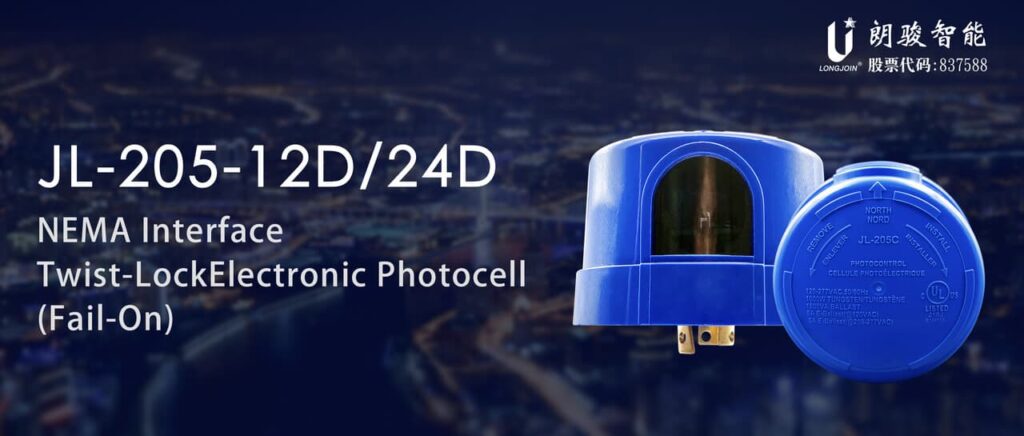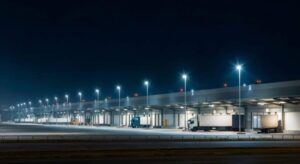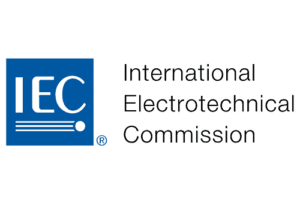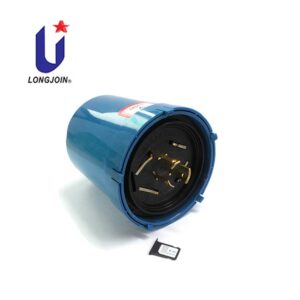新しいUL773規格の解釈 - 屋外用光電セルの安全性向上とメーカーへの影響
導入
Across streets, parks, and buildings worldwide, outdoor lighting systems rely on a small but essential component: the photocell (or photocontrol). This little device is the “brain” of dusk-to-dawn systems: turning lights on at dusk and off at dawn. As lighting engineers and manufacturers photocell suppliers know, its safety and reliability directly impact energy efficiency and system uptime.
With the release of the updated UL 773 safety standard, key changes are now in place that will affect how outdoor photocell lighting sensors are designed, tested, and certified. As a UL‑certified industry leader, Long-join offers insights into what’s changed, how to adapt, and why this matters for every manufacturer involved in photocell for street light production.
What Changed in UL 773, and Why Does It Matter for Safety?
IPX4 means full protection from water sprays from all directions—unlike IPX3’s limited spray-zone coverage. In extreme weather, this level of ingress protection stops rain‑driven failures of housings, cabling and seams. Upgrading to IPX4 affects both light photocell sensor housing design and sealing strategy.
Key difference table:
評価 | 保護レベル | What needs to change? |
IPX3 | Water spray up to 60° | Simple gasket, basic housing drip shields |
IPX4 | 360° water spray resistance | Tight enclosure seams, better sealing materials, precision molding |
Manufacturers must revisit housing thickness, gasket placement, and cable entry points to meet these new requirements.
What about thermal and fire safety upgrades?
The operating temperature range doubles down: from –35 °C … +65 °C up to –40 °C … +70 °C. There’s also now thermal cycling testing—to mimic real day-night swings over years—and stricter flame-retardant ratings for plastics. That means choosing materials rated higher for UL 94, and designing photocell control boards and housings that won’t deform or ignite under stress.
How have electrical safety and surge protection standards evolved?
The standard now mandates surge protection testing, improved grounding continuity, higher insulation separation, and dedicated LED-load surge tests. Why? Because LEDs cause higher inrush currents and voltage spikes. For any photocell switch or light sensor photocell switch, you must now verify compatibility with LED systems and add in surge protection circuits as standard.
How Will These Changes Affect Manufacturers’ Product Roadmaps?
Existing switch lines will require:
- Sealing system upgrades: better photocell lighting sensorhousings or overmolded cables
- Material grade improvement: UL 94‑V0 plastics for high‑temp/humid climates
- Circuit redesign: stronger surge diodes, isolation capacitors, reinforced PCB creepage distances
These are not superficial tweaks—they represent meaningful engineering decisions and potential cost increases.
What does the updated certification process look like?
Certification now includes:
- Thermal cycling and humidity aging
- Full IPX4 ingress tests
- LED surge compatibility testing
- Continuity, ground fault and insulation breakdown testing
Certification cycles may take 25–40% longer. Manufacturers should plan early and engage labs proactively to minimize delays.
How much will it cost, and how should companies respond?
Redesign, retesting, and material sourcing may raise per-unit cost by 5–15%. But preparing strategically can reduce total impact. A phased plan—prioritizing highest volume SKUs first—plus establishing early contact with UL-approved labs, can save time and roughly 30 % on testing costs, like our internal estimates show.
What Makes Long-join Ready and Advantageous Compared to Competitors?
Two years ago, our team began monitoring UL‑773 draft revisions. We performed gap analysis across our product range, and prototyping began early. That foresight allowed us to respond faster than the average photocell street light supplier.
How is our current product line compatible with new requirements?
All out photocell models—JL‑207, JL‑208 Series—now meet:
- IPX4 waterproof façade
- Operating up to +70 °C with flame-retardant molding
- Surge protection built-in for 120‑480 VAC LED systems
We also worked with UL on pre-audit reviews, reducing compliance risk.
What can Long-join customers expect during the transition?
We support customers with:
- Complimentary model upgrade assessments
- Dual supply of legacy and UL‑773‑compliant versions during transition
- Updated compliance documentation and UL‑certified test reports
- Training webinars, product support, and integration guides
We’re committed to seamless integration, ensuring no disruption to daylight harvesting or streetlighting schedules.

What Broader Industry Trends Are Driving These Safety Standards?
Smart cities demand reliability. Looped failures or fire risks are no longer acceptable. UL‑773 reflects stricter minimums that align with global trends toward Zhagaソケット, NEMA 7ピンレセプタクル, and other standard interfaces—raising product quality across the board.
How is smart sensor integration trending with safety compliance?
Industry convergence means more smart street lighting controllers include IoT, remote diagnostics, and dimming schedules. New standards may soon cover cybersecurity, data encryption, and interoperability, blending photocell control with connected infrastructure.
Could UL‑standard changes influence global harmonization?
UL updates often inform IEC standards. That means UL‑773 upgrades may soon serve as global reference for photoelectric sensor and Zhaga-certified photocell suppliers worldwide.
What Should Manufacturers Do Now? (Actionable Recommendations)
- Audit all product SKUs against IPX4, thermal, and surge criteria.
- Develop a phased redesign plan—starting with highest‑volume models.
- Contact UL-approved labs and begin re‑testing early.
How should companies plan certification workflows?
Create a certification timeline table like below:
段階 | Actions | Timeline |
Gap Analysis | Review existing units | 1 month |
Prototype & Testing | Redesigned units trial-tested | 2–3 months |
認証 | Submit to UL | 1–2 months |
Customer Support | Documentation, dual supply | Ongoing transition |
What criteria matter when choosing a photocell supplier?
Prefer companies with:
- Proven UL 773 compliance
- Transparent manufacturing processes
- Strong technical support and upgrade assistance
- Track record of photocell sensor led street lightcompatibility
Long-join meets all these criteria.
Why Should Long-join Be Your Partner Through This Transition?
Because of our proactive R&D, track record with UL, and global footprint across 60+ countries. We’re fast, certified, and deeply technical in the outdoor photocell light sensor space.
How do we ensure your transition is frictionless?
- Ongoing training and compliance webinars
- Detailed technical datasheets clearly labeled “UL 773 compliant”
- Integration guides for Zhagaソケット, NEMA 7ピンレセプタクル, and smart controller interfaces
What’s our commitment moving forward?
Higher standards lead to smarter solutions. Long-join is dedicated to raising the bar—making your dusk-to-dawn 光電セルセンサー systems safer, smarter, and more reliable.

Conclusion & Customer Priority Checklist
These updates to UL‑773 are a turning point for photocell control products. While they introduce complexity, they also create opportunity: your products can now lead in markets where reliability and safety are non-negotiable.
What should you do immediately?
- Audit SKUs for compliance gaps
- Start redesign and prototyping
- Schedule UL lab testing
- Align with a certified supplier like Long-join
- Communicate transparently with your customers and partners
By acting now, manufacturers can avoid delays, control costs, and emerge stronger—and Long-join is ready to help you through every step.
外部リンク:
●https://www.intermatic.com/Product/K171H?setcontextlanguagecode=en
●https://www.zgsm-china.com/blog/nema-vs-zhaga.html
●https://en.wikipedia.org/wiki/Printed_circuit_board
●https://phiaton.com/blogs/audio/ipx4-water-resistance-what-it-means-and-why-you-need-it?srsltid=AfmBOoqH8KKCyjxZ7l3a6YH4jURR2pF-qjAa1xnSdp9DvCyGfhL5dhkP






